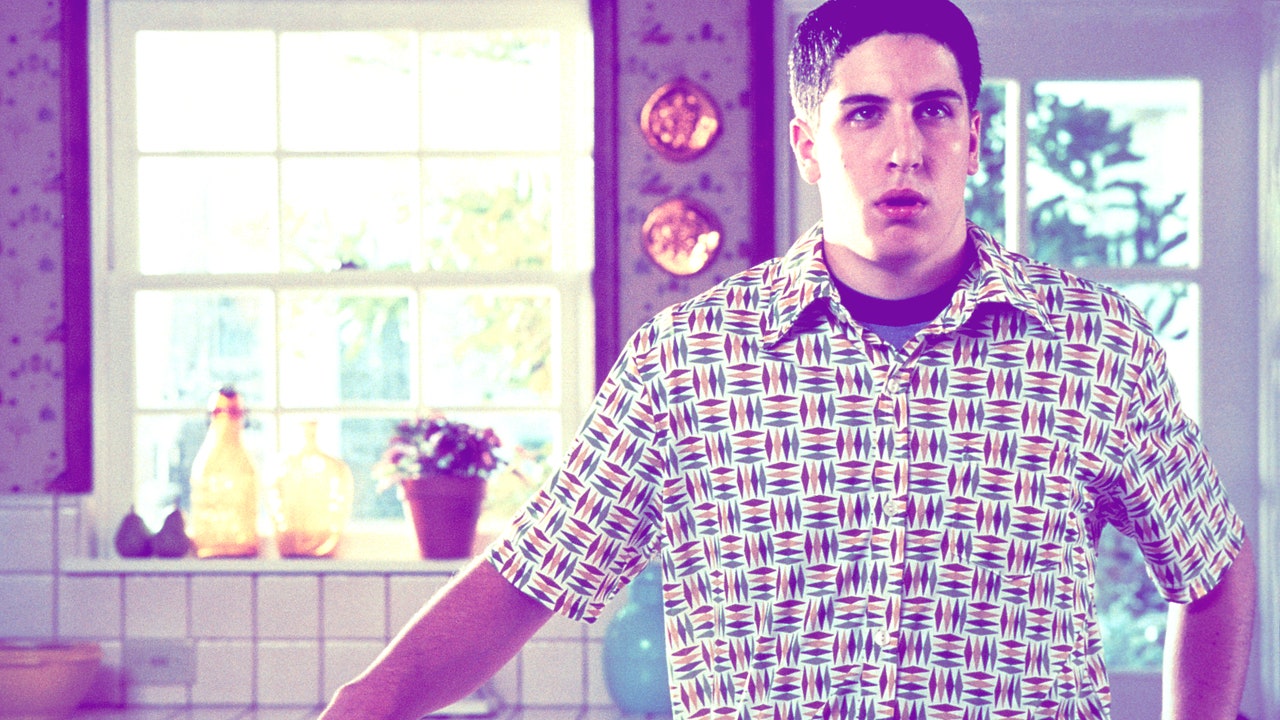So You’ve Been Lied to About How Much Men Want Sex

[ad_1]
So yes, I was confused when men passed on sex with me, an adult woman with no open sores or visible rashes. Comedies exaggerate for comic or dramatic effect—we know this. But plenty of people believe there is more than a grain of truth here. The general assumption is that male desire is straightforward and constant, while female desire is emotional and complicated, a hungry athlete versus an aloof house cat. How else can we conceptualize sex when our sources of data as children are things that turn on men on the screen: the wind, women chewing, fruit, fast cars, certain animals, pillows, and bare feet. Or the magazines we read as teens that warned us to treat the male body delicately, like one of those children who is allergic to sunlight and air. Anything, like eye contact, or a whisper, could cause them to ejaculate.
Though the modern-day conversation about desire has grown more inclusive and less taboo, we still promote these ideas through entertainment, teach them to children, and repeat them to each other. Our weirdo assumptions about gender and desire are propagated in schools—in only half of all states is sex education required to be accurate.
The fact is that deeply held cultural beliefs about male vs. female sexuality just don’t bear out in scientific research. “The proposed ‘fact’ that men have higher desire than women is, well, a myth,” writes Dr. Sarah Hunter-Murray, a psychologist who specializes in family and marital therapy. In her book Not Always in the Mood: The New Science of Men, Sex, and Relationships, she debunks the idea that male desire is generally higher than women’s.
“What we’re seeing, study after study, is that in heterosexual partnered relationships, men and women are equally likely to be the partner with higher desire,” Hunter-Murray says. She cites three studies that asked heterosexual couples in romantic relationships to report on their sex lives. In each study, about a quarter of the couples said that the male partner had higher desire, about a quarter said that the female partner had higher desire, and about half said that they were evenly matched. It’s true that plenty of women have low desire and plenty of men have high desire, Hunter-Murray says. But we over-focus on them, forgetting the people who are on the other side of the bell curve of desire. Consider this 2011 study of 133 heterosexual couples: “Men and women were equally likely to be the member of the couple with lower sexual desire relative to their partner,” researchers found.
Twitter content
This content can also be viewed on the site it originates from.
In fact, some researchers have made the case that female desire is generally wilder than male desire. “It’s frustrating to hear it repeated over and over that men have stronger [libidos] than women do,” sex researcher Meredith Chivers told anthropologist Wednesday Martin, for Martin’s 2018 book Untrue: Why Nearly Everything We Believe About Women, Lust, and Infidelity Is Wrong and How the New Science Can Set Us Free. Chivers added: “Let’s consider that maybe we’ve been measuring desire incorrectly.” Chivers pointed to a study that found that women respond sexually to a wider range of sexual images than men do. Women had sexual responses to images of various gender parings having sex, and even to Bobobos having sex, while male response was more limited and predictable. “Women are, on some level, super freaks,” Martin writes.
[ad_2]
Source link